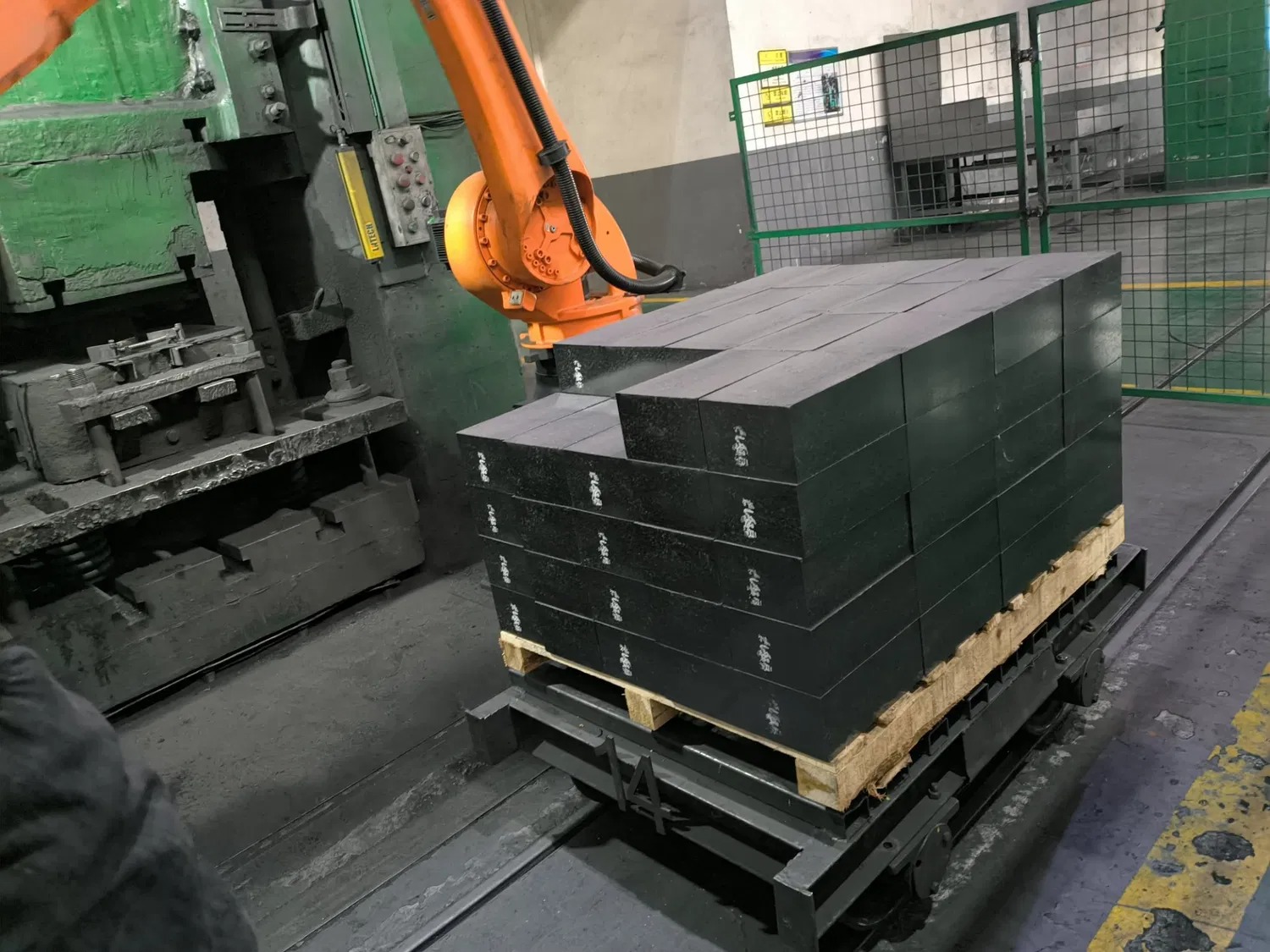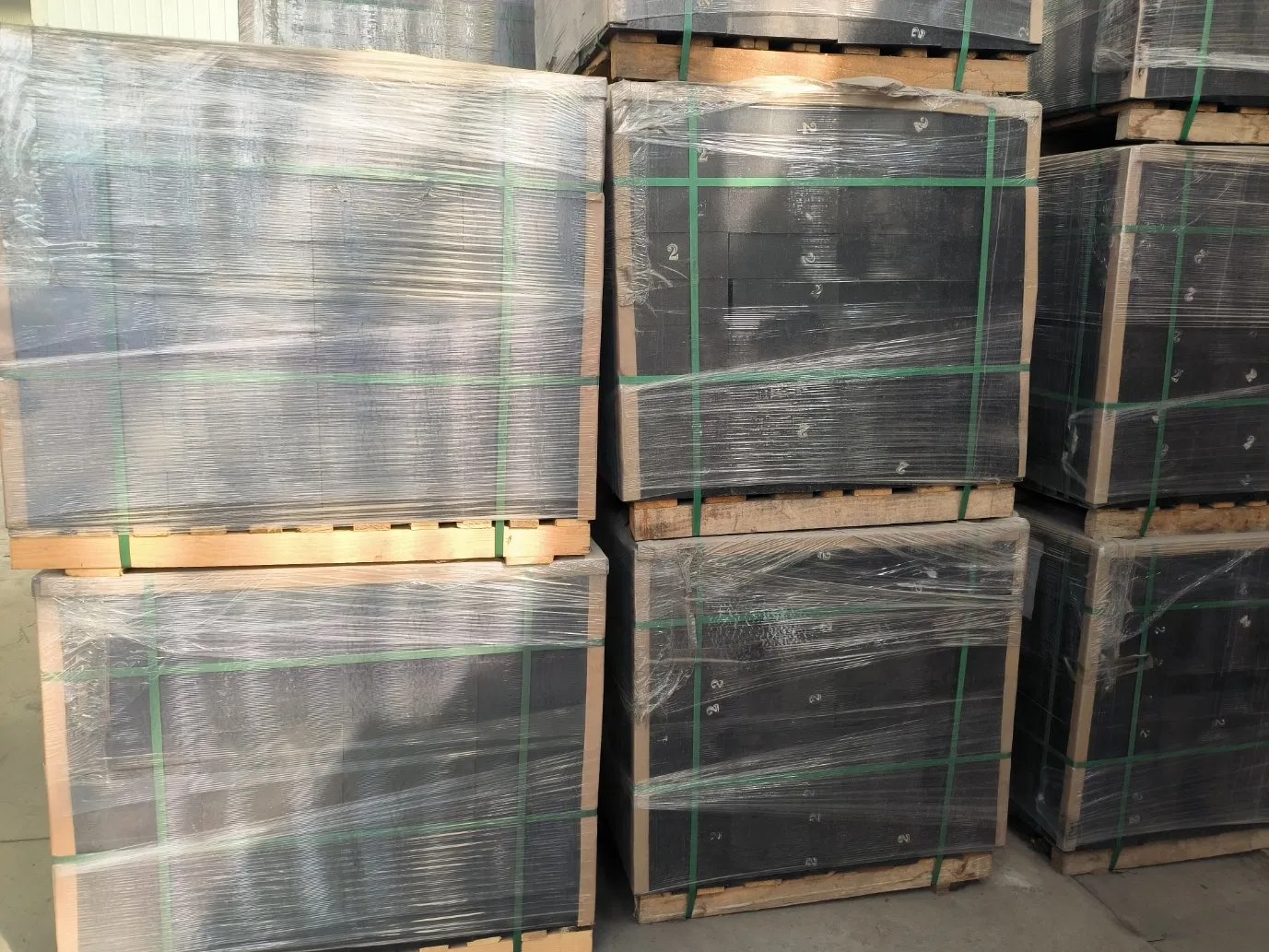Research on the Structure and Performance Optimization of Magnesia Carbon Brick
To adapt to the evolving demands of the steel industry—particularly in clean steelmaking, energy conservation, emission reduction, and efficient resource utilization—the development of low-carbon Magnesia Carbon Brick has become a vital research focus. However, reducing the carbon content often compromises the material's thermal shock resistance and slag corrosion resistance, necessitating innovations in structural design to maintain or enhance its performance.
I. Application of Nanocarbon Sources
Traditional Magnesia Carbon Brick typically uses flake graphite as a carbon source, which provides excellent thermal shock and slag resistance. However, the anisotropic structure of graphite can easily lead to thermal stress concentration and structural cracking. Researchers have turned to nanocarbon sources such as carbon nanotubes (CNTs), expanded graphite (EG), and carbon black (CB) to replace part of the graphite in Magnesia Carbon Brick formulations. These nanomaterials help maintain the thermal shock stability and fracture toughness under low-carbon conditions. Nonetheless, their industrial application is limited by high cost, poor dispersion, and vulnerability to oxidation and structural degradation at elevated temperatures.

II. Aggregate Selection and Surface Modification
Fused magnesia is commonly used as the aggregate in Magnesia Carbon Brick, but its high thermal expansion coefficient can cause microcracks after repeated heating, weakening the structure. Researchers have improved thermal compatibility by increasing the use of medium- and large-grain magnesia or introducing spinel (MgAl₂O₄) aggregates. Additionally, surface modification methods—such as plasma spraying, nano-ZrO₂ coatings, and Al powder treatments—enhance the interface bonding between aggregate and matrix. These modifications have improved the brick’s thermal shock resistance, though further work is needed to refine coating thickness control, interfacial bonding quality, and uniformity.
III. Modification of Phenolic Resin Binders
Phenolic resin, commonly used as a binder in Magnesia Carbon Brick, decomposes into glassy carbon during heat treatment, leading to brittleness and performance loss. By introducing transition metal catalysts such as nickel and iron, researchers have enabled the in-situ formation of carbon nanotubes and other carbon nanostructures during pyrolysis. These features can absorb stress and deflect cracks, improving toughness and thermal shock performance. Additionally, this modification can promote the formation of ceramic phases such as MgAl₂O₄ and AlN. However, carbon nanostructures often concentrate in pores, forming secondary voids that lower thermal conductivity and corrosion resistance. Improved dispersion and matrix compatibility are needed for better results.

IV. High-Efficiency Antioxidants and In-Situ Ceramic Phase Formation
Oxidation of carbon sources remains a primary degradation pathway for Magnesia Carbon Brick in high-temperature environments. To counteract this, researchers have incorporated metallic antioxidants (e.g., Al, Si, Fe) and carbides (e.g., SiC, B₄C), which react in-situ at high temperatures to form ceramic phases. These phases—such as whisker-shaped β-Si₃N₄—can seal pores, increase bulk density, and significantly improve oxidation and erosion resistance. In some studies, advanced additives like Ti₃AlC₂ (a MAX phase material) and ZrN nanopowders have also been introduced to enhance the thermal shock resistance of low-carbon Magnesia Carbon Brick.
V. Development Directions and Challenges
Although significant progress has been made in improving low-carbon Magnesia Carbon Brick through nanocarbon addition, aggregate engineering, resin modification, and in-situ ceramic reinforcement, several challenges persist. These include high raw material costs, complex manufacturing processes, and difficulty dispersing functional additives evenly within the matrix. Future research should focus on optimizing the ceramic network structure, refining interfacial bonding mechanisms, and developing cost-effective, scalable methods for additive preparation. These efforts will support the wider application of high-performance, low-carbon Magnesia Carbon Brick in steelmaking and other high-temperature industries.
Inquiry Now
Please leave your e-mail and we will contact you as soon as possible
contact us
Your satisfaction is our top priority. Whether you have questions, need support, or want to share feedback, our dedicated team is ready to assist you every step of the way.